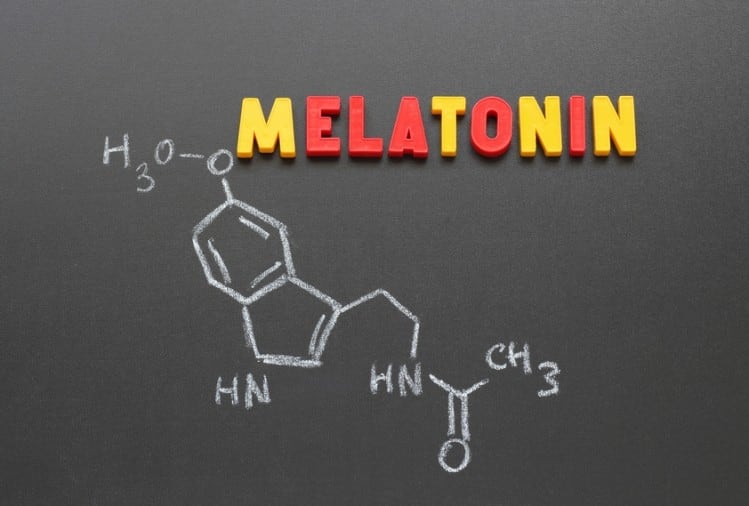Liposomes are tiny, spherical, engineered nanostructures that are mainly made up of a lipid bilayer membrane around an aqueous core.
It has been used for targeted cancer drug delivery, as well as for increasing the bioavailability of nutraceuticals.
The firm, which specialises in developing nutrient delivery systems, has conducted a soft launch of its liposomal technology trademarked PlexoZome at Vitafoods Asia 2022 held in Bangkok.
The technology will be officially launched during SupplySide in Las Vegas end of this month.
Speaking to NutraIngredients-Asia at the tradeshow, George Kokinis, co-founder / director said that the liposomal technology could be used to formulate nutraceuticals that come in the form of oral sprays and liquid droplets.
Since it could incorporate both hydrophilic – which are “water-loving” structures and lipophilic “fat-loving” structures, the technology could be used to combine for example, water-soluble vitamin C with fat-soluble vitamin A, D, E, K.
The technology can also be applied to the phospholipid lecithin, glycerin, ethanol, and purified water, Kokinis said.
The technology was developed to expand the types of delivery systems that it currently offers when it comes to lipophilic and hydrophilic active ingredients.
Prior to PlexoZome, the firm has developed LipiSperse – which allows solid or powder lipophilic ingredients such as curcumin to be dispersed in cold water.
It has also developed AquaCelle – a self-micro-emulsifying delivery system to optimise the bioavailability of oily lipophilic active ingredients such as omega-3, ubiquinol, and lutein.
Emulsions Vs Liposomes
There is a lack of understanding and capacity in developing liposomes in the nutraceutical industry, Kokinis said.
He explained that this was because creating liposomes was not simply about mixing hydrophilic and lipophilic ingredients together. Doing so would create an emulsion but not necessarily liposomes.
“For us, we are using a combination of chemical and high intensity energy – in this case, ultrasound – to form the liposomes.
“To measure if liposomes are formed, we will need to measure the zeta potential and use the right tool, in this case, transmission electron microscopy (TEM) imaging,” he explained.
Zeta potential refers to the electric potential at the interface of the lipid bilayer of the liposomes and the water surrounding the liposomes.
The higher the zeta potential, the more stable the liposomal structures. Otherwise, the lipid bilayer would not be able to stay in a spherical shape and would be disintegrated into small fragments.
Transmission electron microscopy, on the other hand, is an imaging technique that uses an electron beam to image a nanoparticle sample. It provides much higher resolution than is possible with light-based imaging techniques.
Kokinis explained that this was an important method for the characterisation of the presence, size, and shape of liposomes.
However, at the moment, TEM is not widely used at commercial level, which is undermining companies’ ability to accurately validate the presence of liposomes in their products.





